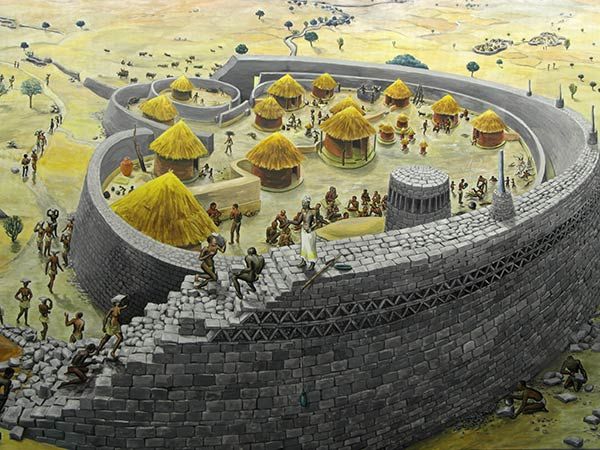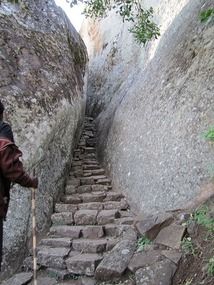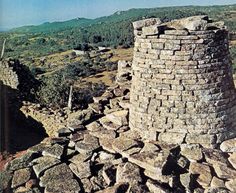




DAY 15: AFRICA'S ANCIENT CITIES
Favour Samuel@favoursamuel013556
8 days ago
The majestic Great Zimbabwe—This city was the seat of power for the Kingdom of Zimbabwe, which flourished from the 11th to the 15th centuries. It was known for its impressive stone structures and its strategic position along important trade routes, making it a hub for the gold and ivory trade in southern Africa.
But Great Zimbabwe wasn't just about commerce; it was also a center of cultural and political power. The city's stone walls, which stretch for over a kilometer, are a testament to the architectural skills and organization of the people who built them.
The city was designed with defense in mind, and its impressive stone walls served as both a physical and a psychological barrier to potential enemies. The walls were constructed using a technique known as dry-stone masonry, which allowed the builders to create strong and durable structures without the use of mortar.
Inside the walls, the city was organized into a series of concentric circles, with the royal palace and other important buildings located in the center. The palace was adorned with intricate sculptures and carvings, and the city was surrounded by a network of roads and canals that facilitated trade and transportation.
While Great Zimbabwe reached its height of power and influence during the 14th century, its decline began in the 15th century due to a combination of factors, including drought, over-population, and conflict with neighboring kingdoms.
The city was eventually abandoned, and its impressive stone structures were largely forgotten until they were rediscovered by European explorers in the 19th century. Today, Great Zimbabwe is recognized as a UNESCO World Heritage Site and an important symbol of African heritage and cultural achievement.
Despite the decline of Great Zimbabwe as a political and economic center, its legacy lives on in the culture and traditions of the Shona people, who are descended from the Kingdom of Zimbabwe.
The Shona people still practice many of the same customs and traditions as their ancestors, including the use of dry-stone masonry in their buildings and the veneration of ancestors through traditional rituals and ceremonies.
The city's impressive structures, such as the Great Enclosure, have become symbols of African pride and cultural identity, and they are widely regarded as some of the most important and impressive examples of pre-colonial African architecture.
Great Zimbabwe is a remarkable example of African architecture and engineering, and its legacy lives on in the traditions and culture of the Shona people.
Despite being abandoned centuries ago, the city's stone structures continue to stand as a testament to the ingenuity and skill of its builders, and its story remains an essential part of African history and identity.
Whether you are interested in history, culture, or architecture, the story of Great Zimbabwe is one that deserves to be told and remembered, and its ruins are a destination that should be on every traveler's bucket list.
📷 Pinterest
#Neighbors
#DiscoverAfrica
#VisitAfrica
#ExploreAfrica
#AfricanTourismSpotChallenge
#neighbors
📍Great Zimbabwe, Zimbabwe
